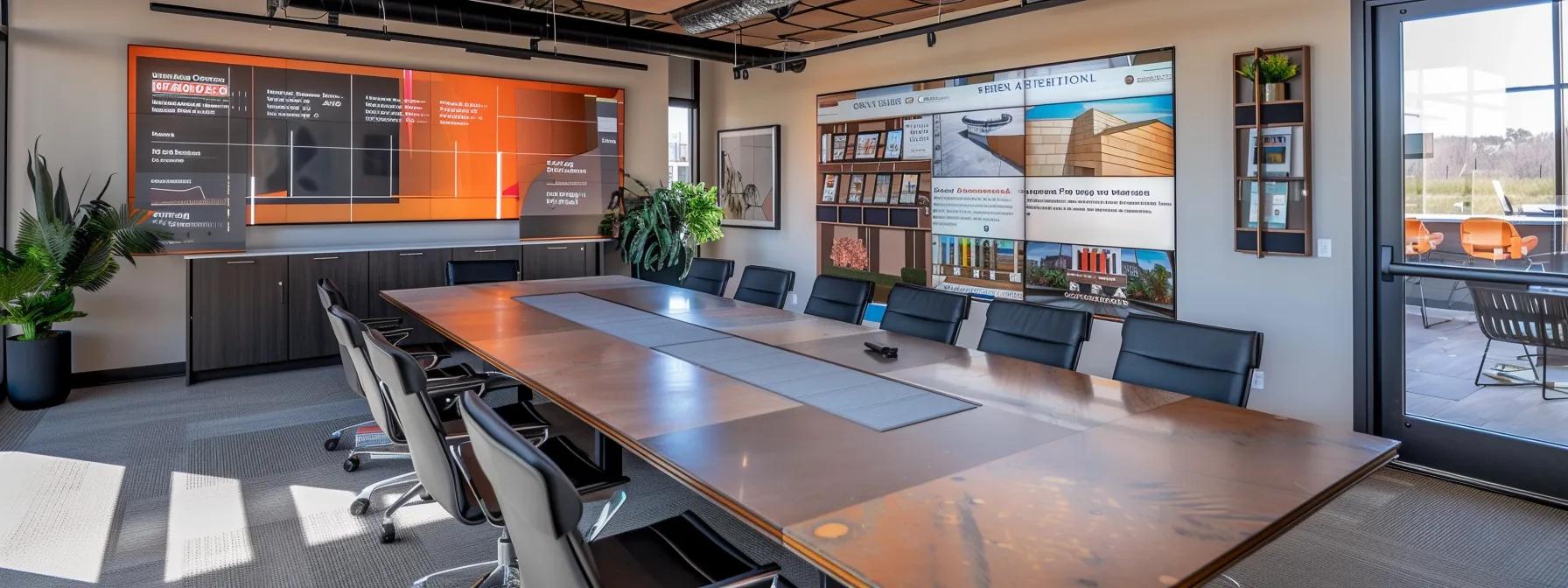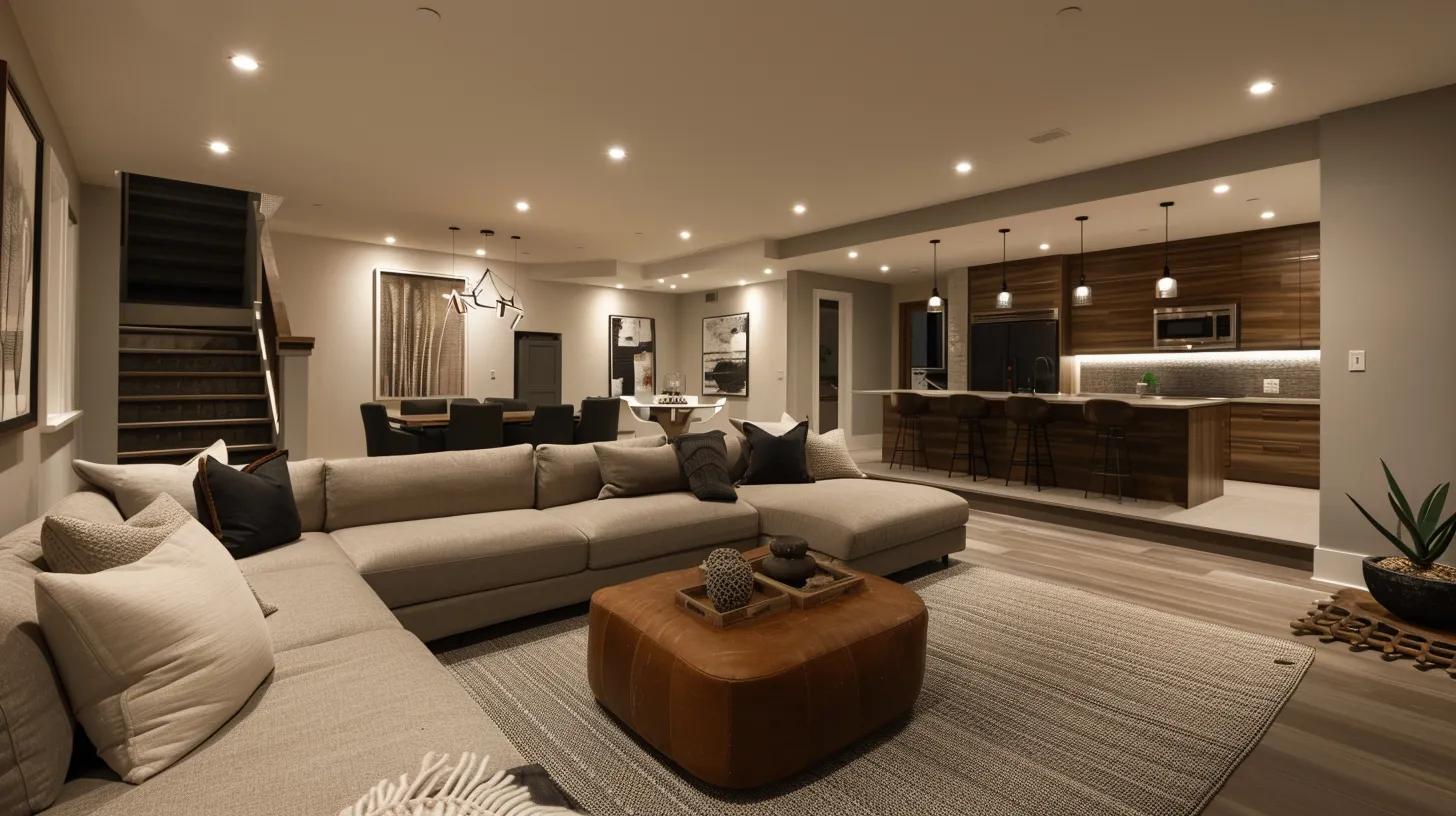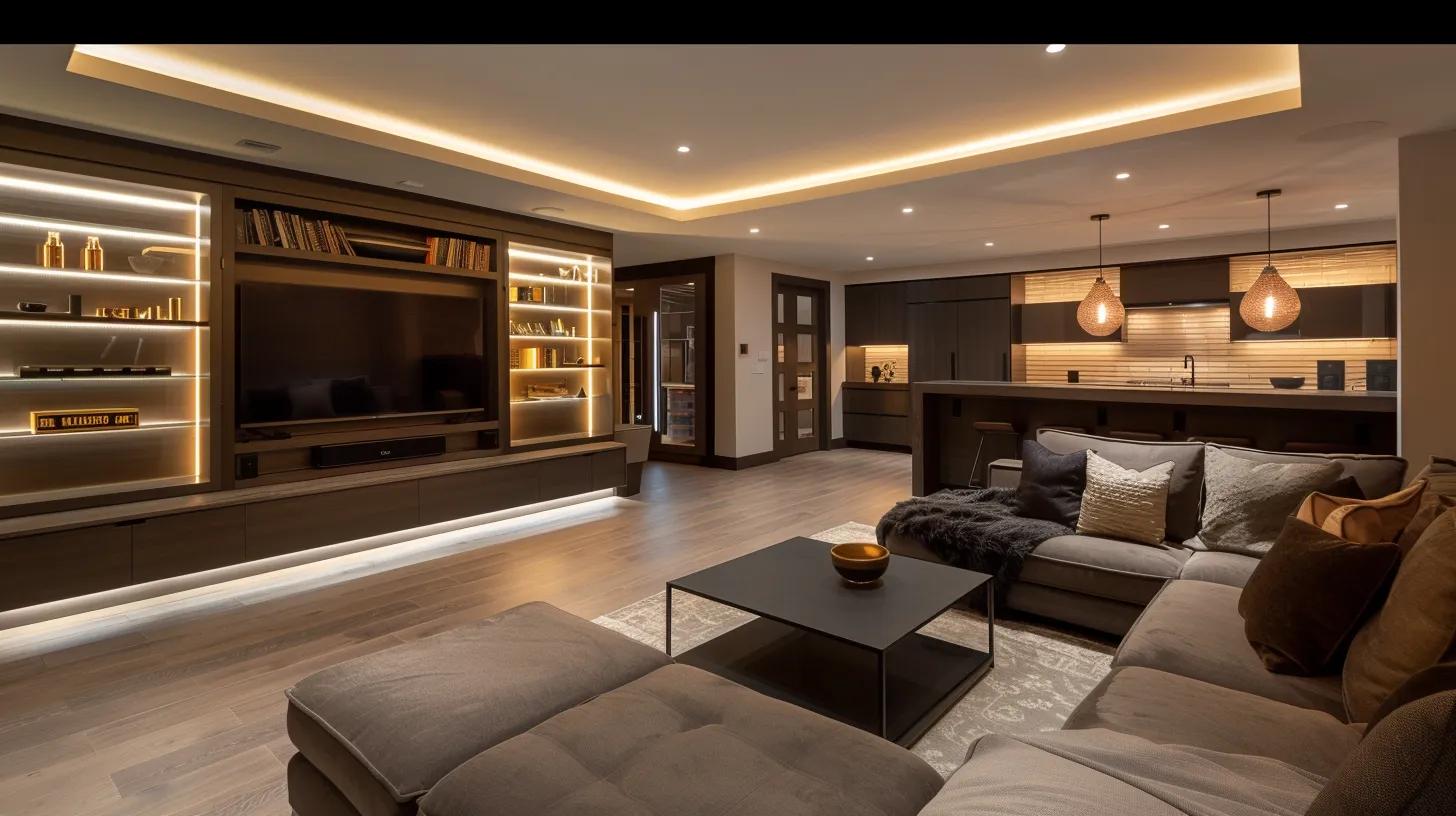Building a deck is often seen as a spring or summer project, but winter offers unique advantages that homeowners might overlook. By choosing to construct your deck during the colder months, you can enjoy significant cost savings, faster completion times, and an opportunity to select quality materials resistant to paint and mold. This article will discuss how winter deck building not only enhances the longevity of your installation but also provides practical benefits for your home improvement plans. If you’re facing challenges in planning your next project, read on to discover how winter can be the perfect season for your deck construction.
Understand the Seasonal Advantages of Winter Deck Building
Winter offers unique advantages for deck building. During this season, many contractors are less busy, translating to quicker scheduling and potentially lower labor costs. Homeowners can capitalize on these conditions to get their projects started sooner than during peak seasons.
Cold temperatures can enhance the integrity of certain materials. For example, installing hardwood in winter allows for better acclimation, ensuring that the deck adheres properly. With proper tools like a screwdriver, builders can fasten the hardwood securely to the joists, enhancing durability.
Additionally, the winter landscape presents a clearer view of any project. Snow can help highlight potential issues in the yard, such as drainage problems or uneven ground, providing builders with insight to create a more stable foundation for the deck. These factors contribute to a solid rim joist installation, ensuring longevity.
Finally, winter construction can lead to a more efficient process overall. With fewer distractions and the possibility of fewer rain delays, projects can progress smoothly. This efficiency can ultimately save homeowners time and money, resulting in high-quality deck work that stands the test of time.
Analyze Cost Savings From Winter Deck Construction
Building a deck in winter can provide significant cost savings. With contractors often experiencing a slowdown in projects, they may offer lower fees to secure jobs during this off-peak season. Homeowners are likely to benefit from competitive pricing that isn’t seen in the busier months.
The installation process during winter can also be streamlined. With a clearer landscape, builders can accurately assess the site and ensure proper pier placement for structural integrity. Efficient planning reduces material waste, contributing to overall savings.
Utilizing simulation software for project planning allows contractors to visualize the design and anticipate potential challenges, improving efficiency. By identifying issues before construction begins, less time is spent on modifications or corrections, further aiding in cost management.
Winter conditions often allow for uninterrupted work, as rain and other weather delays decrease. A quicker overall project timeline not only saves money but also ensures that features like the roof are completed without extended delays, enhancing the home’s value and functionality.
Explore Faster Project Completion Times for Winter Builds
Winter building provides homeowners with faster project completion times due to decreased contractor workloads. With fewer active projects, contractors can dedicate more time and resources to individual builds, resulting in quicker turnaround times for deck construction.
Clear winter days reduce the likelihood of rain interruptions, allowing work to proceed without delays. This consistency promotes a streamlined build process, enabling builders to focus on laying lumber and refining the design without weather-related setbacks.
Contractors often utilize data analytics during winter projects to optimize scheduling and resource allocation. This strategic approach ensures that all necessary materials, such as lumber, are on-site when needed, further minimizing downtime and enhancing overall efficiency.
The combination of uninterrupted work and careful planning leads to remarkably swift completions. Homeowners can expect their new decks ready for use sooner, allowing them to enjoy their outdoor spaces without prolonged waiting periods.
Assess Material Benefits When Building in Cold Weather
Building a deck in cold weather can lead to enhanced material performance. Lower temperatures often allow for better fitting and adhesion of deck boards, helping to create a more solid and stable structure. Builders can take advantage of these conditions to ensure a longer-lasting finish.
Certain materials, such as hardwood, acclimate better during winter months. This improved acclimation means that the deck will maintain its integrity over time, reducing the likelihood of warping or cracking. Homeowners will find that winter construction can lead to a more reliable outdoor space.
Winter conditions also minimize the risk of moisture-related issues that can affect material quality. During this season, factors like humidity are generally lower, which helps prevent the problems typically associated with dampness. For homeowners considering basement waterproofing alongside deck construction, working in winter can ensure materials perform optimally.
Finally, the winter landscape can provide a clearer view of the construction area, allowing builders to better assess the site for potential challenges. This assessment helps in planning for material placement effectively, enhancing the overall quality of the deck. Clear planning and the right timing can significantly improve the development of outdoor spaces.
Understand the Reduced Competition With Contractors During Winter
During winter, homeowners can benefit from reduced competition among contractors, leading to better deals and pricing. Many builders experience slower periods, prompting them to offer competitive rates on deck construction projects.
This decrease in contractor workload allows for more personalized attention to each project. Homeowners can expect quicker responses and dedicated service, ensuring their visions for features like pergolas or custom railings are realized efficiently.
Moreover, with fewer projects underway, contractors can more easily manage resources, including essential materials and fasteners. This organized approach helps maintain quality, as builders focus on optimal installation techniques, reducing the risk of issues related to moisture or other environmental factors.
Ultimately, reduced competition creates a favorable environment for homeowners looking to construct a deck in winter. This season not only yields financial advantages but also an opportunity for contractors to showcase their skills, resulting in better-quality structures built to last.
Review the Long-Term Benefits of Winter Deck Installations
Building a deck during winter brings several long-term advantages. Cold weather improves adhesion and bonding for wood products, ensuring a robust final structure. This season also encourages unique design elements, allowing creativity to flourish. Additionally, materials installed in winter tend to last longer due to lower moisture levels, enhancing durability. Lastly, winter projects facilitate better landscaping opportunities, creating a seamless transition between the patio and the surrounding environment.
Discuss Improved Adhesion and Bonding With Cold Weather Products
When constructing a deck in winter, the cold weather significantly enhances the adhesion and bonding of materials. This is especially true for wood products, where lower temperatures allow for better fit and stability. Proper inspection during installation can reveal any potential weaknesses that might otherwise go unnoticed, ensuring that the dream deck is built to last and resist insect damage.
Additionally, winter conditions create an ideal environment that minimizes moisture content. With lower humidity levels, builders can account for more secure bonds, resulting in fewer gaps and less chance of warping over time. By prioritizing these aspects during construction, homeowners can enjoy a reliable and aesthetically pleasing outdoor space for years to come.
Explore Opportunities for Unique Design Elements in Winter
Winter provides a unique opportunity for homeowners to implement creative design elements when constructing decks. With lower moisture levels, the risk of water damage decreases, allowing for more innovative approaches to landscaping and decking solutions. For instance, incorporating features like built-in benches or integrated lighting can enhance both functionality and aesthetics while ensuring durability throughout different seasons.
Additionally, the off-peak season encourages contractors and homeowners to collaborate on distinctive designs that may not be feasible during busier months. By thinking outside the box, individuals can create decks that stand out—like those with custom patterns or specialized railings. Such attention to detail not only improves the overall appearance but can also result in fewer future repairs, as the structure benefits from strengthened adhesion during the cold weather installation.
Learn About Longer Lifespan for Deck Materials in Winter Projects
Building a deck in winter can lead to an extended lifespan for materials used in the construction process. The lower moisture content in the air during this season helps to minimize any potential water damage, which is particularly beneficial for wood components. Deck designers often recommend using tools that factor in environmental conditions to ensure that materials, such as concrete and hardwood, are chosen strategically for optimal longevity.
Moreover, winter installations allow for enhanced bonding of materials, providing a solid structure that withstands the test of time. As homeowners plan their outdoor spaces, including adjacent areas like the kitchen or patio, understanding the benefits of seasonal construction can lead to better-informed decisions. Selecting the right materials and techniques during winter ensures that the newly installed deck remains resilient, aligning with the overall design goals and enhancing the property’s value.
Examine the Impact of Lower Moisture Levels on Deck Durability
Lower moisture levels during winter play a critical role in enhancing the durability of decks. With decreased humidity in the air, materials used in building, particularly wood, are less susceptible to water damage, which can lead to warping or rotting over time. Homeowners investing in winter construction can expect a structure that withstands environmental stressors better, resulting in a long-lasting outdoor space that requires minimal maintenance.
Additionally, the reduced moisture environment aids in preventing pest infestations that often thrive in damp conditions. A deck built in winter, with proper tools like drills and fasteners, ensures that the structure remains solid and free from vulnerabilities that pests exploit. Consequently, this not only protects the investment but also creates a more stable framework that serves as a platform for enjoyable outdoor activities for years to come.
Identify Landscaping Benefits From Winter Deck Installations
Building a deck in winter can significantly enhance landscaping opportunities for homeowners. During this season, the bare landscape becomes more visible, allowing for easier assessment of how the deck integrates with existing structures. With the right tools, such as proper measuring devices, contractors can plan for features like stairs or additional seating areas, ensuring that building materials align with the design vision while incorporating elements like glass railings for an open feel.
Moreover, winter installations facilitate the use of high-quality sealants that perform better in lower temperatures. These sealants can provide superior protection for both the deck and surrounding landscaping elements, preventing moisture damage throughout the seasons. As a result, homeowners benefit from a cohesive outdoor environment where the newly constructed deck complements the surrounding landscape and enhances the overall aesthetic appeal.
Conclusion
Building your deck in winter offers numerous advantages that can enhance both the construction process and the final product. Homeowners can take advantage of lower costs and reduced competition among contractors, ensuring personalized attention to their projects. The colder conditions promote better material adhesion and minimize moisture-related issues, leading to a durable and long-lasting structure. By choosing this season for construction, you set the stage for a high-quality deck that seamlessly integrates with your landscape and enhances your outdoor experience.







